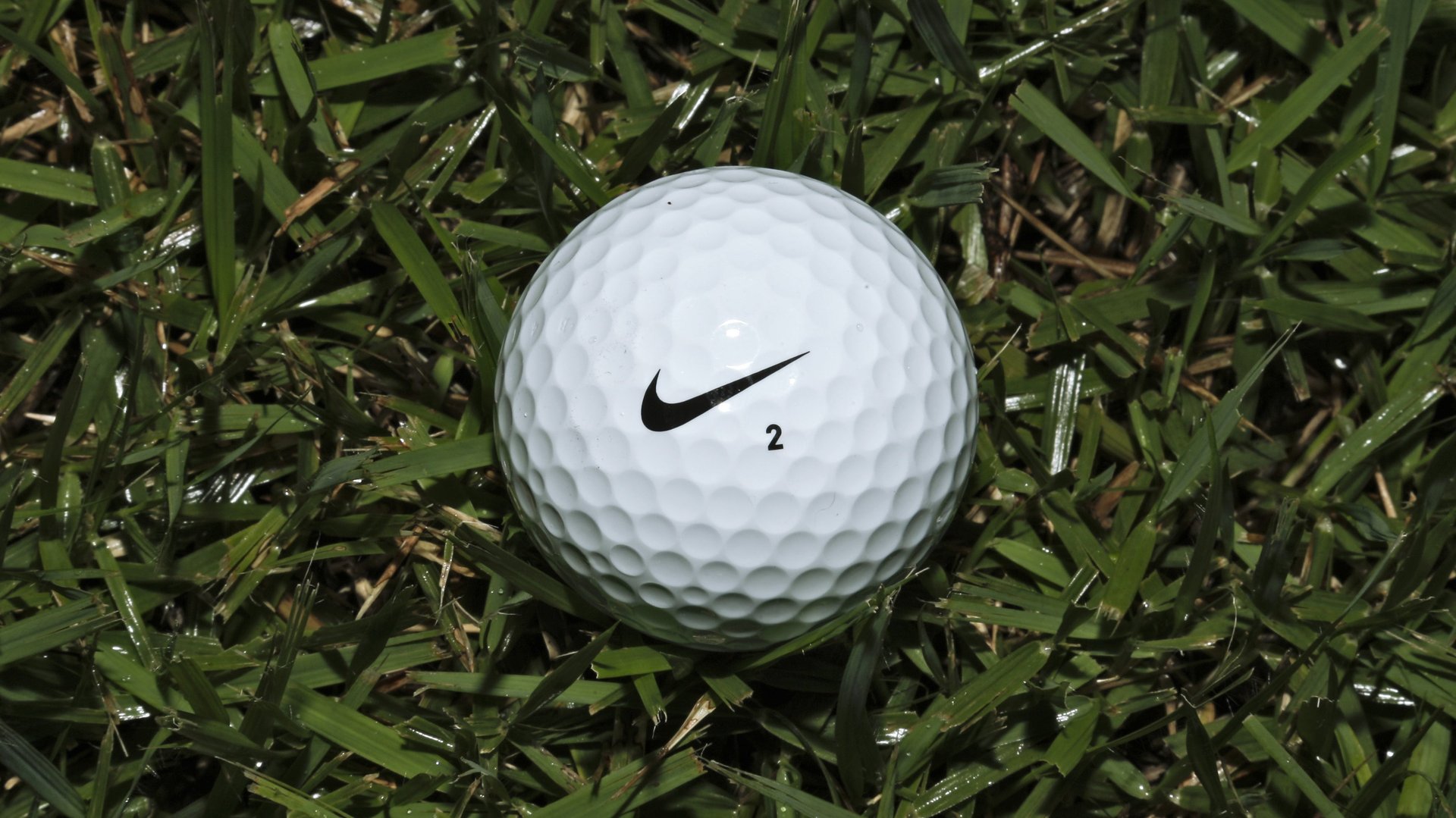Nike confirms that millennials DGAF about golf
Nike built its golf business around Tiger Woods. But Woods’ prime is in the past, and now so are Nike’s golden years for golf. After sales that went from flat to just plain falling, Nike announced yesterday (Aug. 3) that it’s abandoning golf clubs, bags, and balls all together.


Nike built its golf business around Tiger Woods. But Woods’ prime is in the past, and now so are Nike’s golden years for golf. After sales that went from flat to just plain falling, Nike announced yesterday (Aug. 3) that it’s abandoning golf clubs, bags, and balls all together.
The sports brand will still make apparel and footwear for the sport, but anyone who wants the equipment needed to play it will have to look elsewhere.
It’s no big loss for Nike: Golf represents the company’s smallest sport category (paywall), bringing in $706 million last year. For comparison, running made $5 billion. But the cut reveals a hard truth about the state of the sport, generally: Even if golf is making its first appearance at the Olympics since 1904, millennials just don’t care about golf the way their parents did.
The US is golf’s biggest market, and participation among younger Americans has been in decline for decades. Last year, the National Golf Foundation (NGF) put out an extensive report examining the causes of the low interest in the sport among millennials. “NGF identified a considerable dip in the participation rate among 18- to 34-year-olds that has occurred during the past 20 years,” Greg Nathan, senior vice president of NGF, said at the time. “This is of particular concern because, historically, participation rates have been highest among this age group.”
Update: In response to this story, NGF notes that millennials still make up 25% of US golfers, which is roughly proportional to national age demographics.
Among the NGF’s top reasons for waning interest in golf were lower household incomes—golf is expensive, and you can’t just grab some balls and clubs and head to the park to play—and a more diverse US population. Participation in the famously elitist and exclusive sport among non-white US millennials was about 7%, compared to 12% for white millennials. This suggests a worrying trend for the sport in the US, where non-white Americans are expected to make up ever greater shares of the population in the years ahead.
The sport’s woes aren’t limited to the US, either. Participation is down across much of Europe and Asia as well.